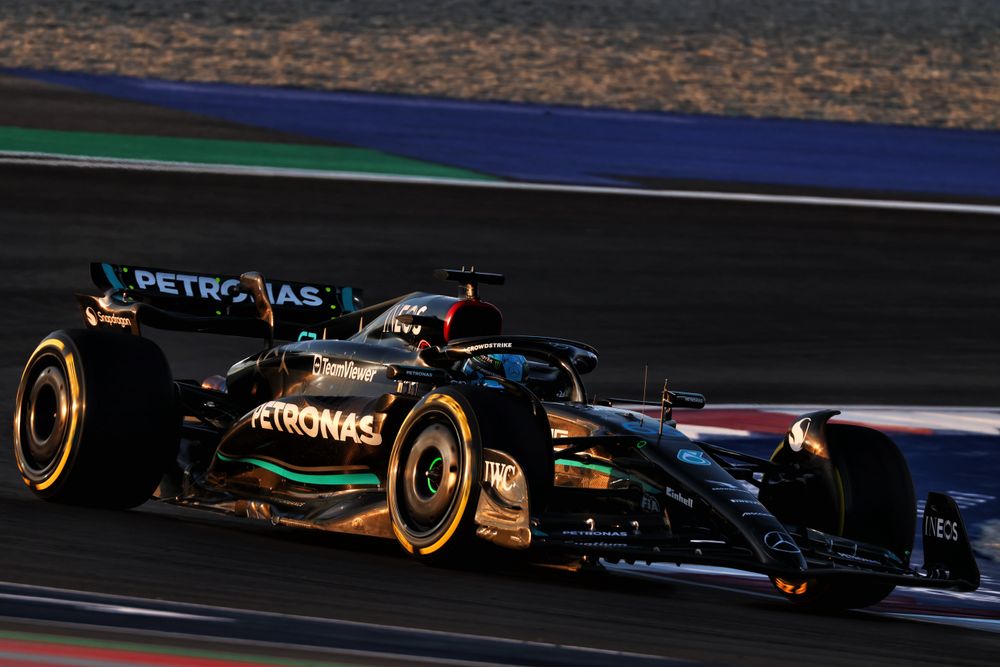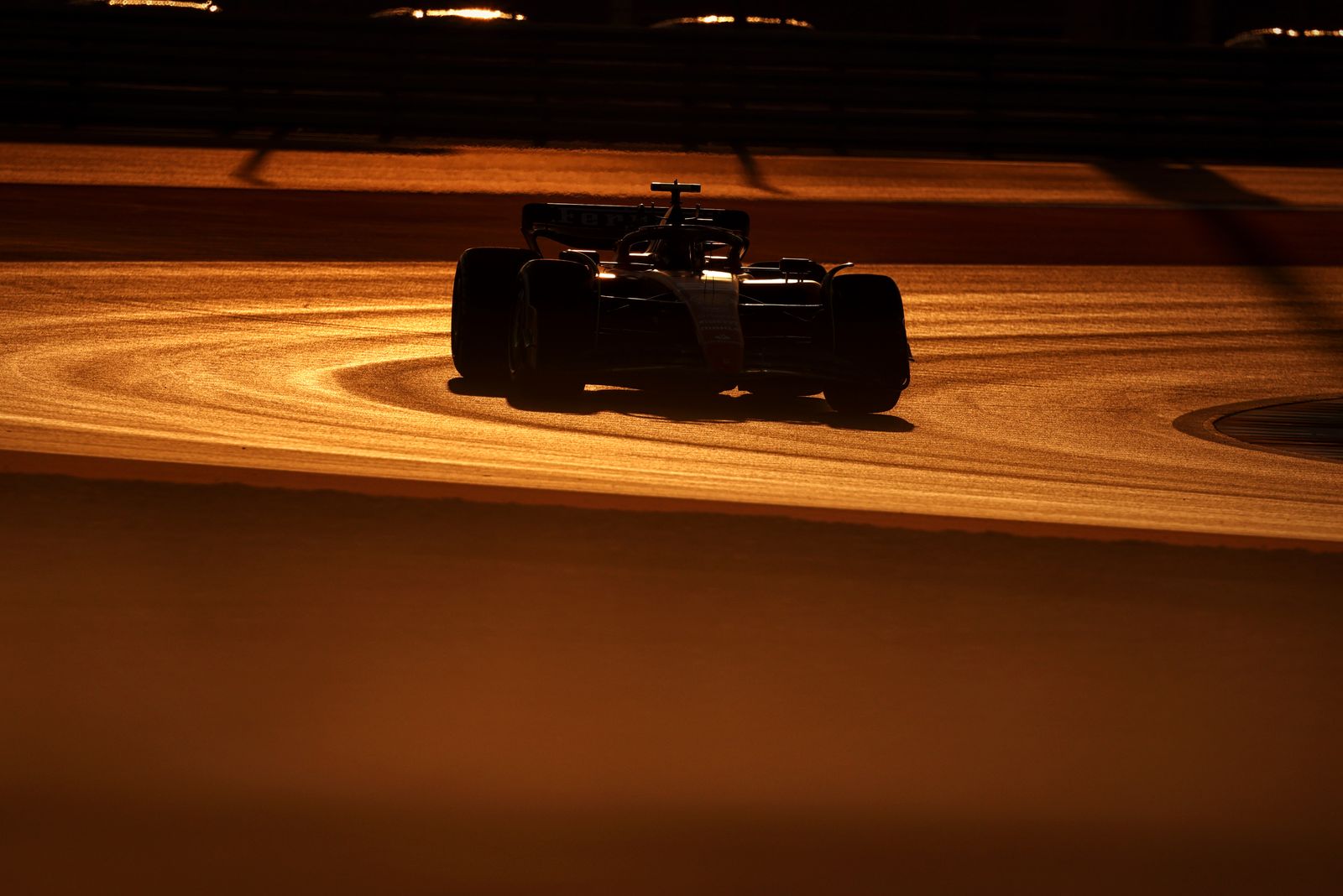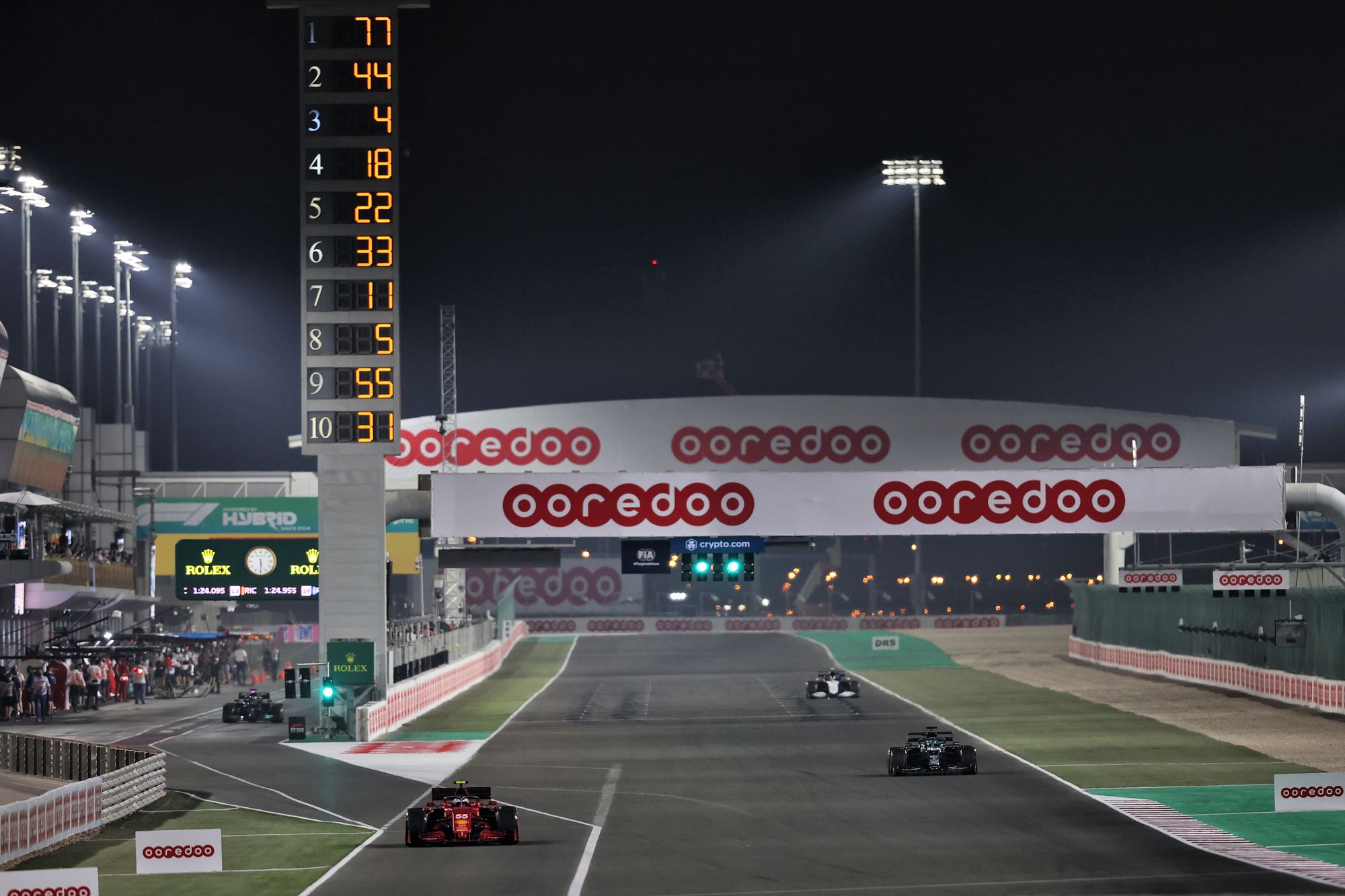Up Next

Formula 1 drivers have criticised the communications surrounding the Qatar Grand Prix weekend tyre troubles, with some indicating they first heard about the problem through unofficial channels and, in some cases, even the media.
Pirelli discovered late on Friday night after analysis of tyres used in free practice that there were microscopic signs of internal damage that could be an early warning of potential tyre failures. It notified the FIA, which then formulated several countermeasures including bringing in the track limits at the fast Turn 12 and 13 right-handers and a plan to mandate three pitstops unless post-sprint race analysis of the tyres indicates this would be unnecessary. That will be made clear on Sunday afternoon ahead of the main race.
A Grand Prix Drivers’ Association meeting was held on Saturday afternoon, just over an hour after the FIA sent out its public statement about the changes. That had happened shortly after official notification was given to the teams.
During the meeting, attended by most but not all GPDA members, the drivers expressed their concerns to the FIA representatives, including technical boss Nikolas Tombazis, that they had not been directly informed.
It should be noted that the FIA generally regards it as the teams' responsibility to inform their personnel, including drivers, in such situations. However, drivers have lobbied for greater direct communication and input into safety decisions for months and their comments after the Qatar sprint race reflect this.
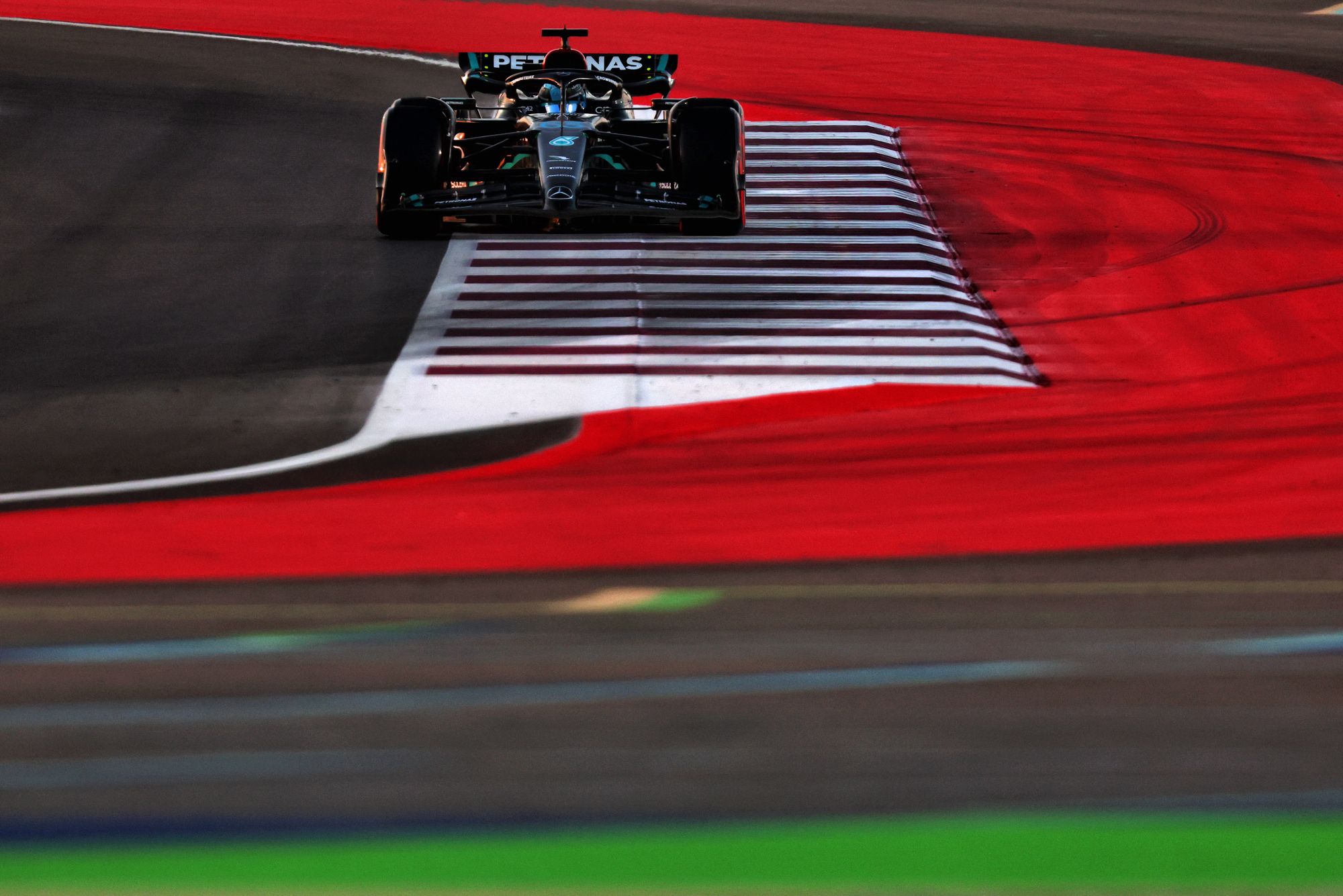
It’s also understood that the FIA felt the right course of action would be to understand the problem and propose a solution, which was worked on at length on Saturday morning with a full report composed, prior to presenting it to the drivers.
Mercedes driver and GPDA director George Russell was among those to complain about the communications. He also felt the idea of mandating three stops was too big an intervention.
“I found out from a text on WhatsApp, from another driver in our group chat, which is obviously not ideal,” said Russell.
“It’s part and parcel of a sprint race weekend. If you go to a track like Barcelona, you get all the practice in and you know that in the race, after all the information that has been gathered, it’s going to be a two or a three-stop. If you try one stop, it’s just not going to work.
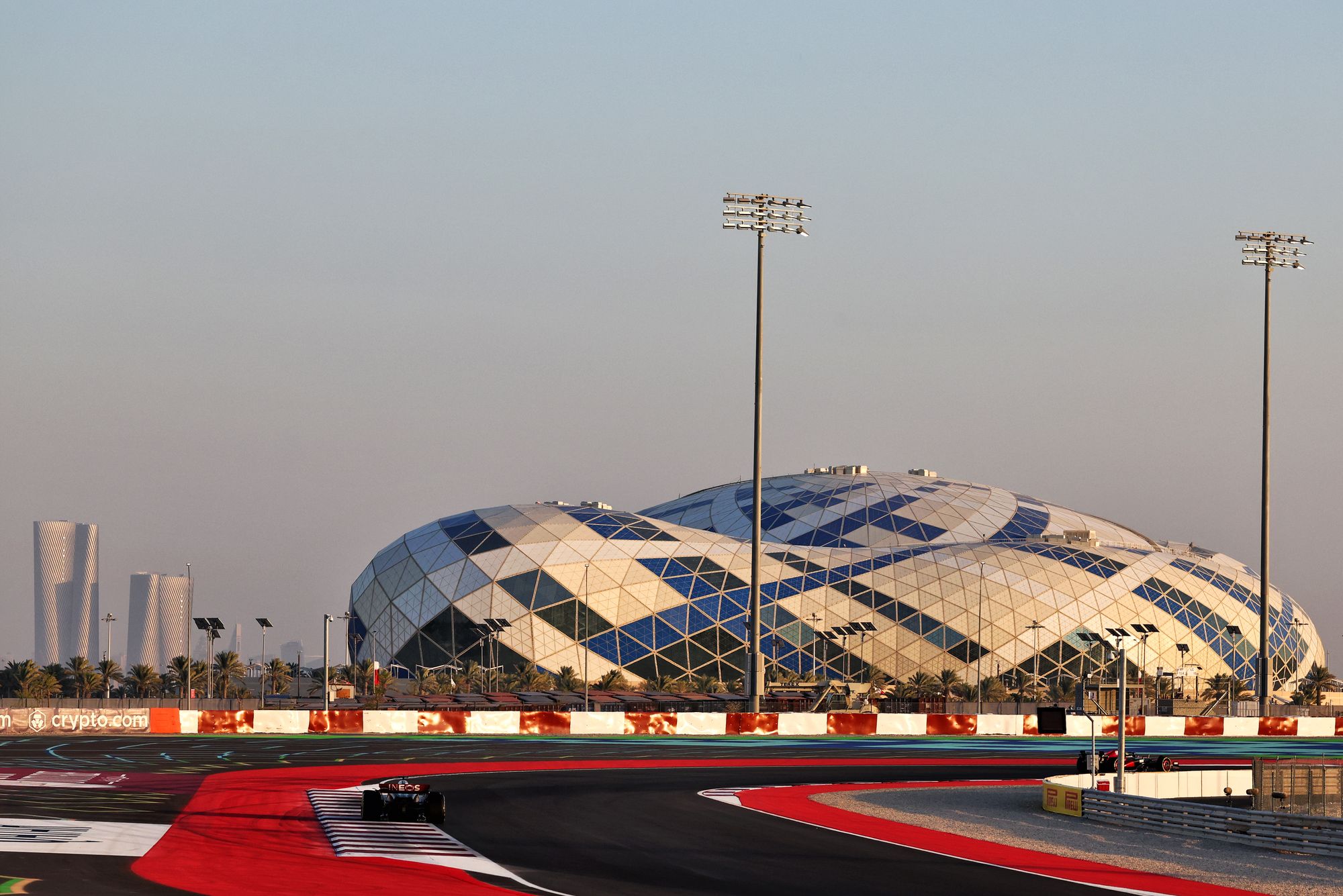
“This weekend we had no data. Had we had the three sessions we would have learned that the tyres were wearing and we’d have to do a three-stop.
"I think what the FIA did with the small modifications of the track was good. I was a bit sceptical, but I thought I was a good step.
“But I don't think they need to intervene to say it needs to be a mandatory three-stop. I think give us the data, see how much wear there was on the soft, the medium. And we should all be smart enough to make a decision based on that.”
Newley-crowned 2023 world champion Max Verstappen backed the track changes but raised concerns about the contrast between the rapid action when the FIA feels a change is required and what happens when the drivers are pushing for one.
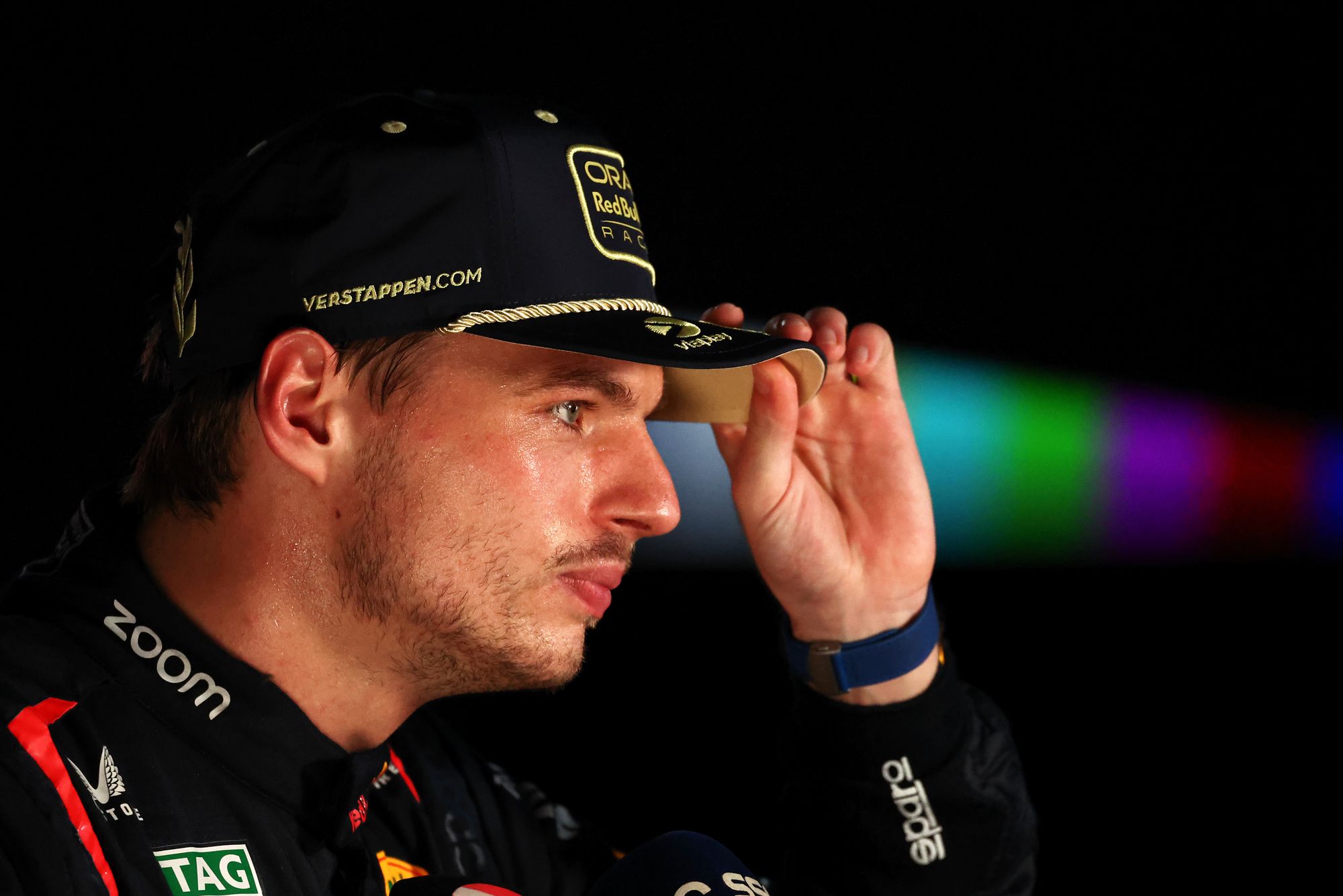
“They changed two corners in the high-speed corners [at Turn 12-14], which I find quite interesting [in terms of] how quickly these things can change," he mused.
“But when we speak about how we want to have track limits changed here and there with the white lines or whatever, it’s all very hard. That’s also something for the future that we need to speak about because I think we need to be heard a bit more.”
Ferrari’s Carlos Sainz criticised the fact that F1 had problems with the kerbs in Qatar in 2021, when multiple drivers suffered punctures after running wide, and that this kerb design was persisted with.
“What I don’t appreciate and don’t like is we were here in ’21 and in the meantime there’s been two years to react to these bad kerbs, there’s been a resurface, redoing of the kerbs,” said Sainz. “Unfortunately, the FIA persisted with this design of kerbs that are killing Pirelli tyres.
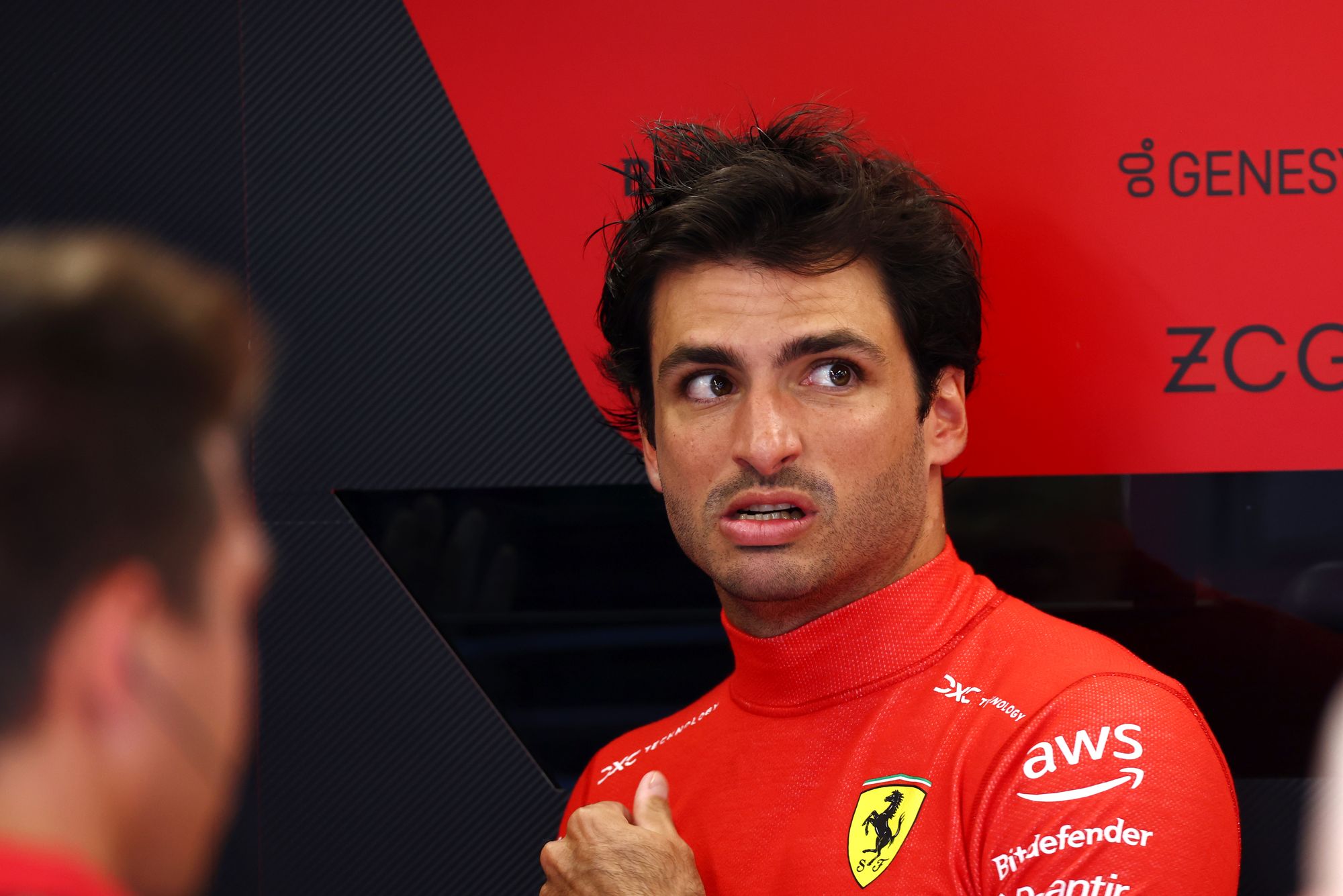
“[I’m] not blaming Pirelli, but clearly there’s something going on there. And at the same time, we arrive today in the morning and we see the news in the press when no one informs us there’s going to be track limits, no one informs us that there’s going to be tyres delaminating or anything like that and we have to learn things from the press which is clearly not how things should be done.
“As the GPDA, we were not happy with the situation and we hope that the collaboration starts getting better because if not, reading things in the press when our safety is involved [and] our input should be considered, it’s not good enough.”
Mercedes driver Lewis Hamilton criticised both the organisation of the communications and also the quality of the Pirelli tyres.
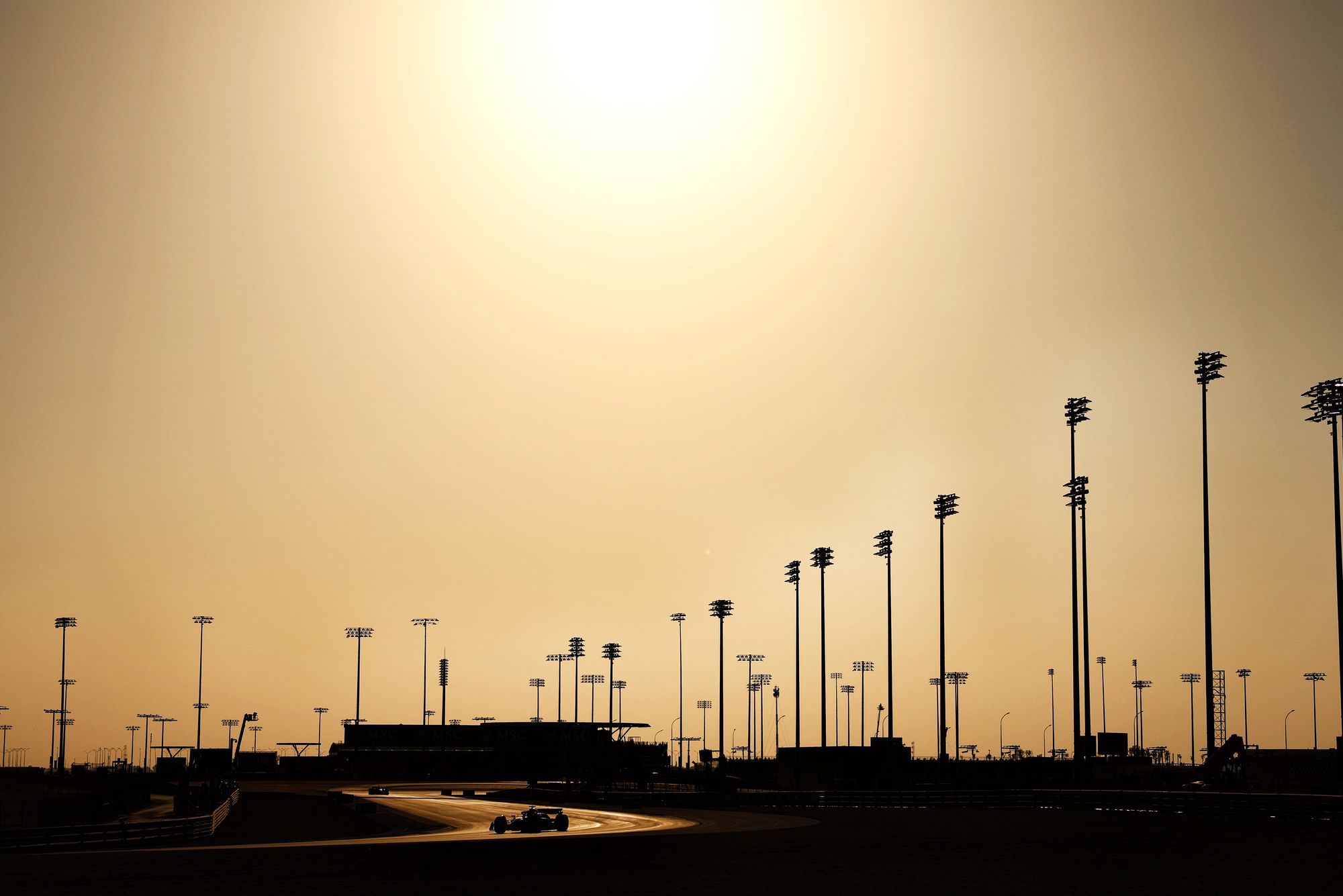
He went as far as suggesting F1 should consider running pre-season testing in Qatar in order to test the tyres to the limit.
“We need some improvement on organisation skills for sure and procedures,” said Hamilton. “We ultimately need a better product [for] the tyre.
“I don’t think it’s solely the manufacturer's problem or fault. We have such limited testing, we don’t test at a track that has hardcore high-speed corners like this. I even suggested in the meeting we should do our three days that we get at the beginning of the year here because this is the most hardcore on the tyres.
“And then, whoever is making the decisions in the FIA [in terms of the regulations, with the] heaviest cars ever, more downforce than ever, all the fuel and everything - and you have these tyre issues, which is to be expected.
“If you think back in the day they were just as fast with half the downforce but way more grip on the tyres when they had Bridgestones and Michelin, they’ve definitely got to look at that because I think next year is going even heavier again.”
It wasn’t only the drivers in the frontrunning teams who criticised the communication, with Alpine’s Pierre Gasly also pointing out he learned about the problems from the drivers’ group chat. He said, “we’re discussing with the FIA about it, I think this will be improved for next time.”
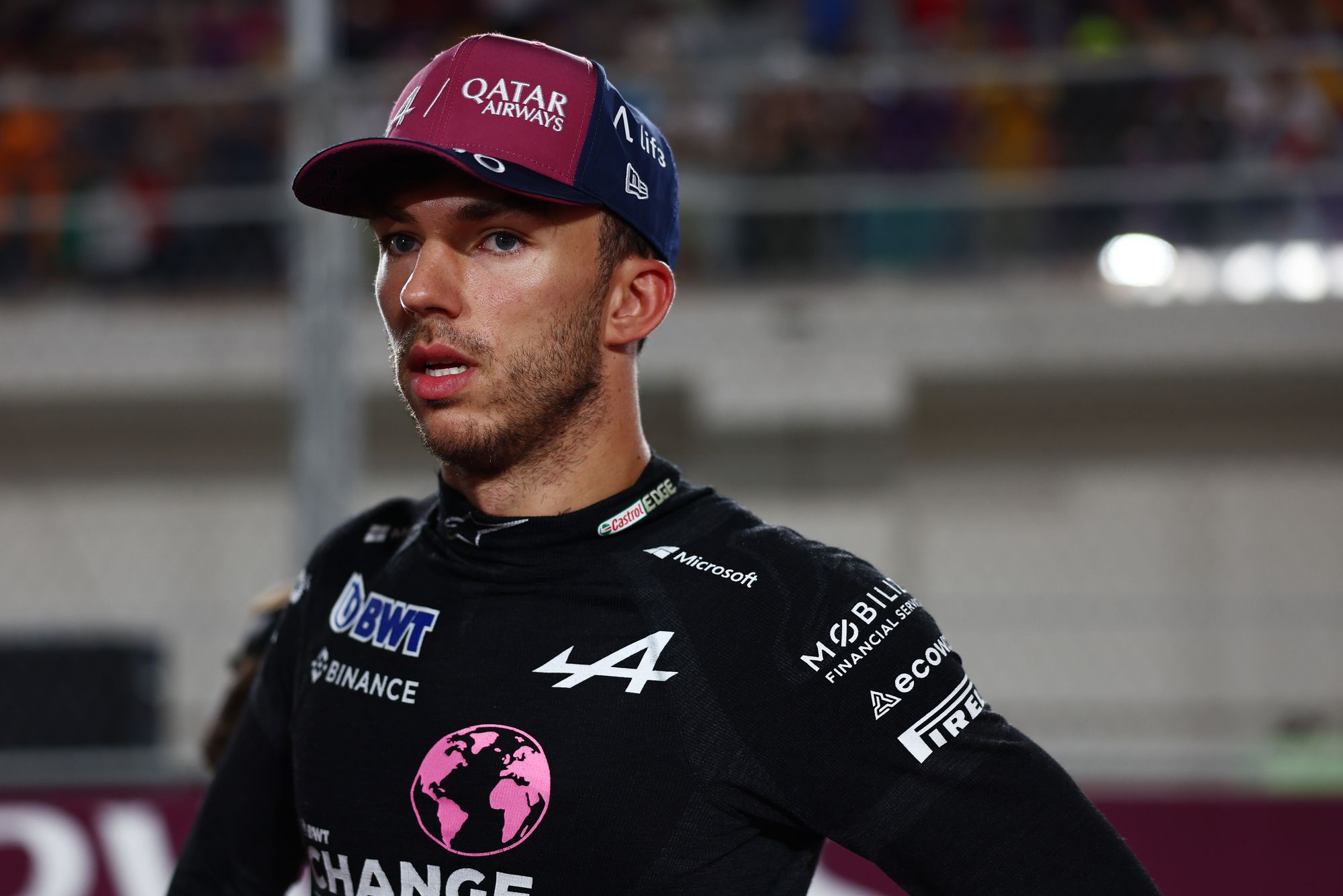
The problems were explained to the drivers during the GPDA meeting, during which ideas for preventing a repeat in the future were also tabled. The issue of communication was also raised.
“Nikolas Tombazis and Steve Nielsen are aware and recognise the communication line between the FIA and the drivers isn't strong enough,’ said Russell. “It needs to have a better co-operation, because a lot of these things directly impact us.
“We can also give our first-hand view from the cockpit, which can help aid some of these decisions. They truly recognise that, and I think this was a good example for them that we need to make some improvements in that communication process.”
It's clear the drivers want better communication from the FIA. It’s a request that’s entirely understandable and any process that can ensure the drivers are better informed and engaged would be positive. Too often, drivers say they are unaware of track changes that teams have been formally notified about previously but apparently not passed on.
The fact so many drivers complained about the communications suggests this is seen as a key lobbying topic for the GPDA. This is a tactic the GPDA has long adopted, ensuring that pressure is built publicly on the powers that be on the issues that are seen as important to the drivers.
There needs to be clarity in the processes and if the drivers expect to be notified independently of the teams then that needs to be established with the FIA.
However, the drivers must also be active participants and perhaps it is time for the GPDA to ensure there’s always one active racing member attending each relevant safety meeting held by the FIA to be the voice of the drivers and feed back to the rest?
After all, there is plenty of behind the scenes work and discussions to be engaged in and there must be ways to better integrate the drivers, who are as a body clearly keen to be involved.

